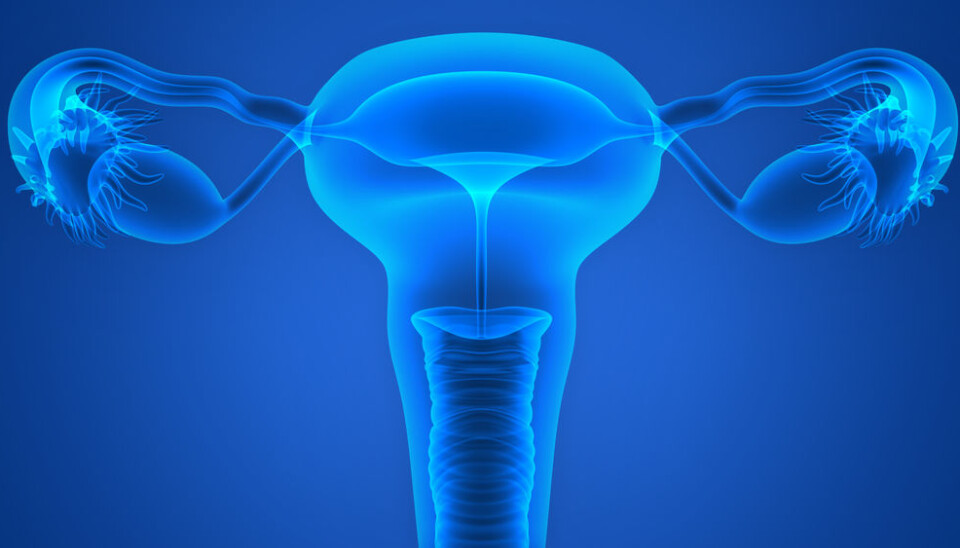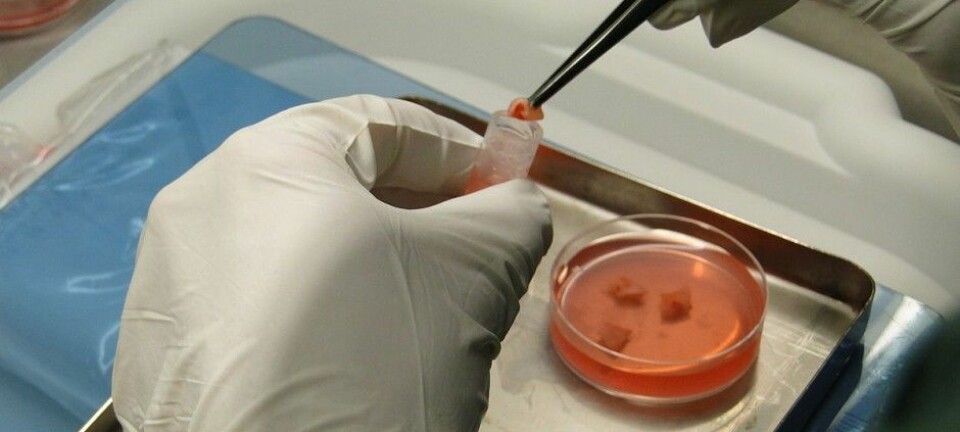
Scientists surprised to find bacteria inside fallopian tubes and around ovaries
Bacteria may affect women’s fertility and the health of unborn children
Scientists and doctors have always thought babies are conceived and developed in entirely sterile surroundings inside the womb, far away from bacteria that live in the vagina.
But new research shows – to great surprise – that bacteria are alive and kicking in the womb and inside the fallopian tubes and around the ovaries.
“This means that we should re-evaluate our entire understanding of, for example, whether children are conceived in sterile surroundings, and what the presence of bacteria means for foetal development,” says Karsten Kristiansen, Professor at the Department of Biology at the University of Copenhagen, Denmark. Kristiansen is also director of the Institute of Metagenomics in China where a large part of the research was carried out.
The new research is published in the scientific journal Nature Communications.
Bacteria thrive inside people
The study is ground-breaking and provides the basis for a complete revaluation of the interplay between bacteria and people, says Oluf Borbye Pedersen, professor and head of research at LuCamp, Lundbeck Foundation Centre, and Novo Nordisk Foundation Center for Basic Matabolic Research at the University of Copenhagen. He was not involved in the new research.
The discovery of bacteria in this part of women’s bodies is unique, because the ovaries are located inside the abdominal cavity, which, unlike the mouth, stomach, vagina, and ears, have no contact with the surroundings outside of the body.
“The ovaries are protected by the peritoneum, which we thought defined a bacteria-free zone. Until now, we never imagined that we had bacteria living inside [this zone]. It’s very controversial, so the study is very interesting,” says Pedersen.
Read More: Pregnant women with pets have more vaginal E. coli
Bacteria can affect foetal health
Pedersen agrees that the results could have big consequences for our understanding of foetal development.
For example, bacteria produce proteins that integrate with their surroundings, including a foetus if a woman is pregnant. Some of these proteins are harmful and make us sick, while lactic acid bacteria produce beneficial proteins. Bacteria around the foetus could have a similar effect.
In recent years, scientists have discovered how important bacteria are in the development of the immune system of newborn children and the formation of their own intestinal bacterial composition. But they had not imagined that bacteria were also in the womb.
“This is brand new knowledge and even though it is pure speculation, you can imagine that the bacteria play a much bigger role in foetal development toward a healthy child than we had previously thought,” says Pedersen.
“Three years ago we thought that babies were born sterile and their first contact with bacteria was in the birth canal, but this study suggests something else,” he says.
Read More: Babies learn lullabies in mother’s womb
Could explain how we develop allergies
Gut bacteria have a big effect on whether a person develops allergies, and if a child’s gut is already colonised with bacteria before they are born, then this should be taken into account when trying to understand why an increasing number of allergies are reported among children.
“We’re in hypothetical territory, but we can speculate that children are not born with an empty gut microbiota, and that if something is wrong with it from the beginning then it can lead to allergies or other diseases later on. But this is still just speculation,” says Kristiansen.
The result of the new study shows that the bacterial composition varies throughout the birth canal, with lactic acid in the form of lactobacillus bacteria near the entrance and pseudomonas, found further up the canal.
In the study, Kristiansen and colleagues also saw a connection between the variation of the bacterial composition and the tissue disorders Hysteromyoma (benign tumours in the uterus) and adenomyosis (where the inner lining of the uterus breaks through the muscle wall), as well as infertility due to endometriosis (formation of tissue outside the uterus).
“We cannot say precisely why these conditions occur, but we can see that if they occur then the bacterial composition deviates from the norm,” says Kristiansen.
Read More: Taking fish oil while pregnant prevents childhood asthma
Could explain infertility
The scientists could also see that the variations in bacterial composition often coincide: an unusual bacterial composition in the birth canal is associated with an unusual composition in the fallopian tubes and ovaries.
This means that doctors could study bacterial composition of the birth canal to infer composition elsewhere, where it is not so easily accessible to study.
This could cast some light on how some women become infertile if their bacterial composition is out of balance.
“We haven’t shown that this is possible, but we suggest that it is a possibility,” says Kristiansen.
-------------------
Read more in the Danish version of this story on Videnskab.dk
Translated by: Catherine Jex










